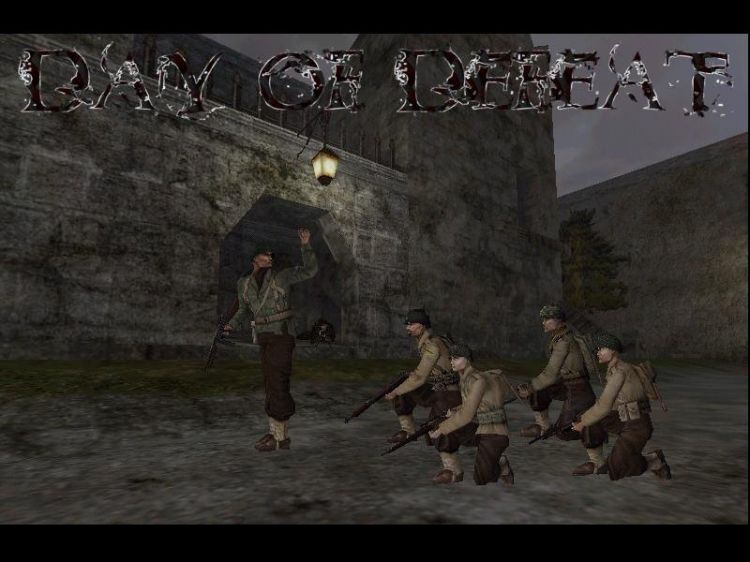

However, the BAR has a faster reload time to compensate the smaller magazine capacity. It has a smaller magazine capacity with only 20 rounds vs the MP-44's 30 rounds. In Day of Defeat: Source the BAR is a direct complement of the Axis MP44 as it has similar gameplay functionality. However, the user must be wary of the small twenty round magazine. The BAR also has a built-in Bipod, so it can be used as a Light Machine Gun if required. It is also slightly more accurate that the MP44, but harder to use at longer ranges in some situations due to the recoil. The BAR has similar functionality to the MP44 and the Bren, but with more power than the MP44 and less recoil than the Bren.
#Day of defeat source soundtrack manual
The selector lever is located on the left side of the receiver and is simultaneously the manual safety (selector lever in the “S” position – weapon is "safe", “F” – single "fire", “A” – "automatic" fire). The BAR is striker fired (the bolt carrier serves as the striker) and uses a trigger mechanism with a fire selector lever that enables operating in either semi-automatic or fully automatic firing modes. The spring-powered cartridge casing extractor is contained in the bolt and a fixed ejector is installed in the trigger group. The bolt is locked by a rising bolt lock. The M1918 is a selective fire, air-cooled automatic Rifle using a gas-operated long-stroke piston rod actuated by propellant gases bled through a vent in the barrel. There, on 27 February 1917, in front of a crowd of 300 people (including high-ranking military officials, Congressmen, Senators, foreign dignitaries and the press), Browning staged a live fire demonstration which so impressed the gathered crowd, that he was immediately awarded a contract for the weapon and it was hastily adopted into service (the water-cooled machine gun would undergo further testing). Browning had arranged for a public demonstration of both weapons at a location outside of Washington, D.C. two types of automatic weapons for the purposes of demonstration: a water-cooled machine gun (later adopted as the Model 1917 Machine Gun) and a shoulder-fired automatic rifle known then as the Browning Machine Rifle or BMR, both chambered for the standard U.S.30-06 Springfield cartridge. In 1917, John Browning had personally brought to Washington, D.C.


 0 kommentar(er)
0 kommentar(er)
